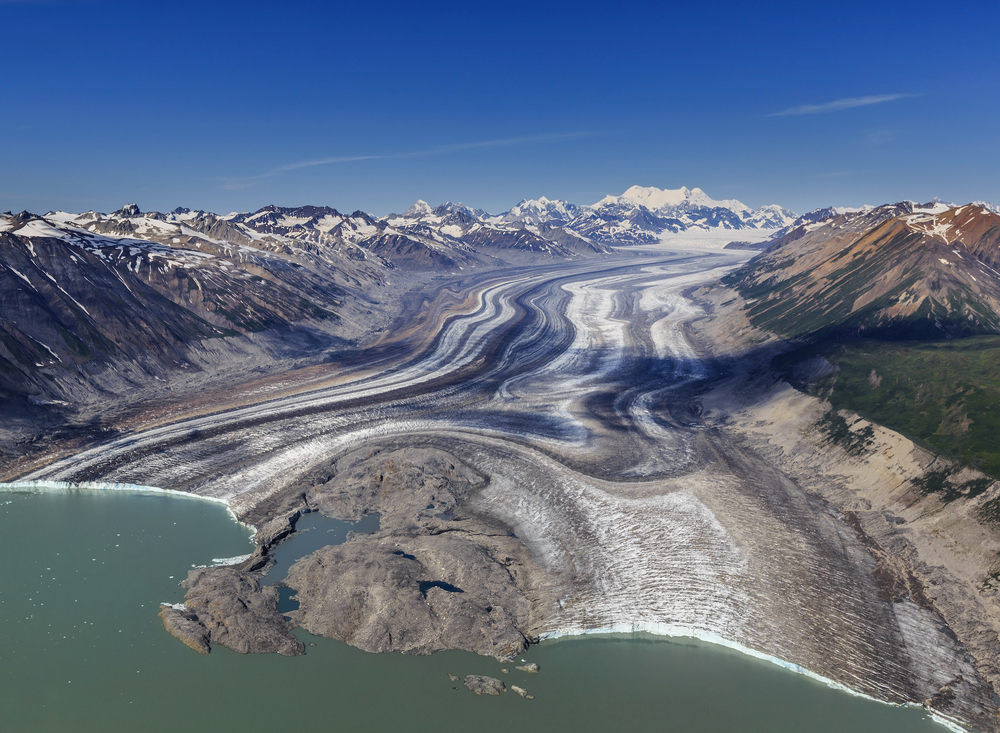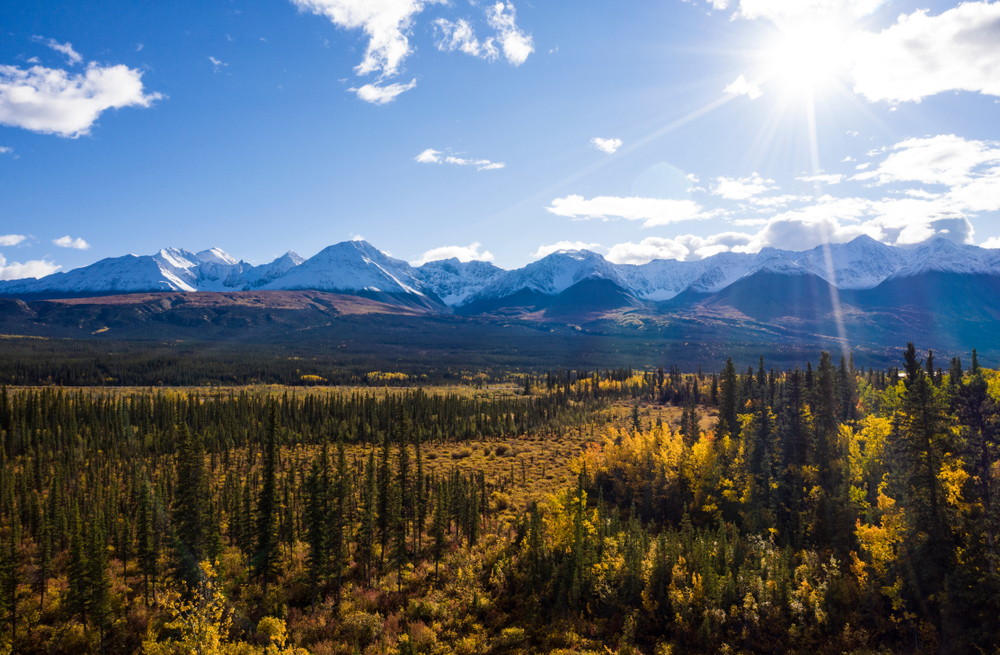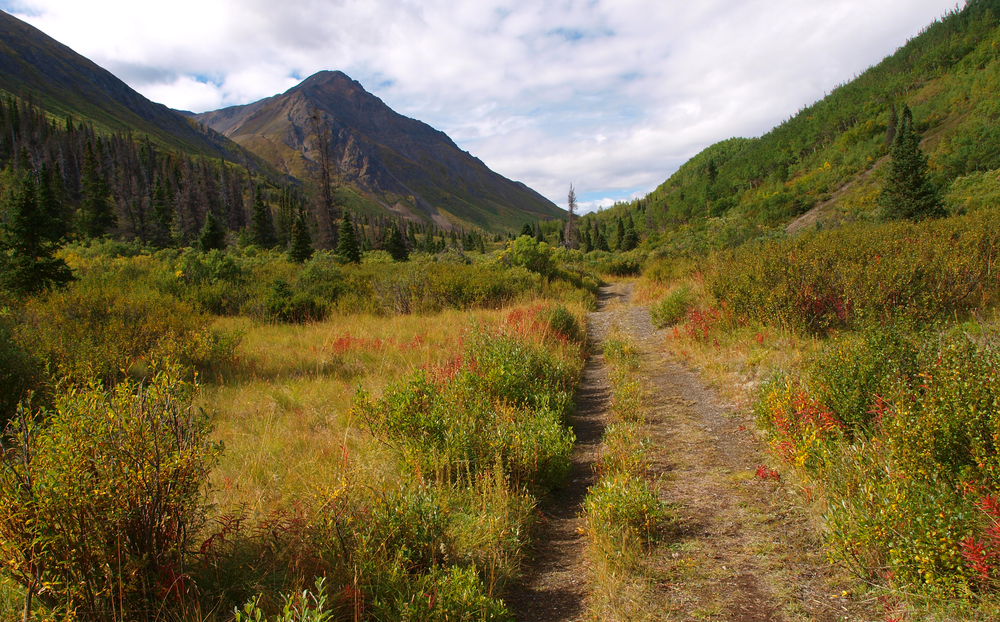Popular
Kluane National Park, celebrated for its breathtaking glaciers and towering peaks, also shelters a diverse array of non-predatory species, each contributing to the rich tapestry of life in this pristine Yukon wilderness, offering visitors an intimate connection with nature’s resilience and diversity.
Dall Sheep Adapted to the rugged mountain terrain, Dall Sheep are often spotted on cliff sides, their white coats and majestic horns a symbol of the park’s wilderness.
Snowshoe Hare Vital to Kluane’s food web, Snowshoe Hares are known for their large hind feet and seasonal white fur, blending seamlessly into the snowy landscape.
Arctic Ground Squirrel The Arctic Ground Squirrel, a key prey species, enlivens Kluane’s meadows with its burrows and is crucial for aerating soil and dispersing seeds.
Pika The tiny, vocal Pika, adept at surviving in cold climates, gathers vegetation in rocky areas, a charming presence amid the park’s alpine scenery.
Porcupine With quills as a defense mechanism, Porcupines are a common sight, ambling through forests and feeding on bark, leaves, and green plants.
Beaver Engineers of the aquatic world, Beavers shape Kluane’s waterways, creating habitats that support a myriad of other species with their impressive dams.
Trumpeter Swan Elegant Trumpeter Swans grace the park’s lakes and rivers, their presence indicative of Kluane’s clean waters and healthy aquatic ecosystems.
Mountain Goat Sure-footed Mountain Goats navigate Kluane’s steepest cliffs with ease, their agility and white coats making them emblematic of the park’s alpine environments.
American Dipper The American Dipper, unique for its underwater foraging, dips into Kluane’s cold streams, a testament to the park’s pristine water quality.
Common Redpoll A small finch, the Common Redpoll braves Kluane’s harsh winters, feeding on seeds and showcasing the resilience required to survive in the far north.
Kluane National Park’s array of non-predatory species, from the nimble Dall Sheep to the industrious Beaver, underscores the ecological richness and complexity of this northern paradise, inviting visitors to explore and appreciate the interconnectedness of all life forms within its borders.

































































































